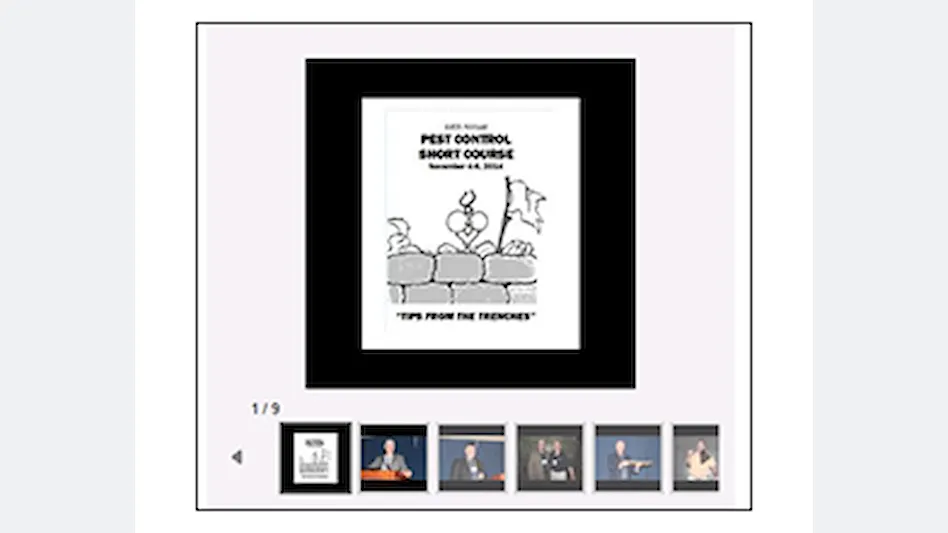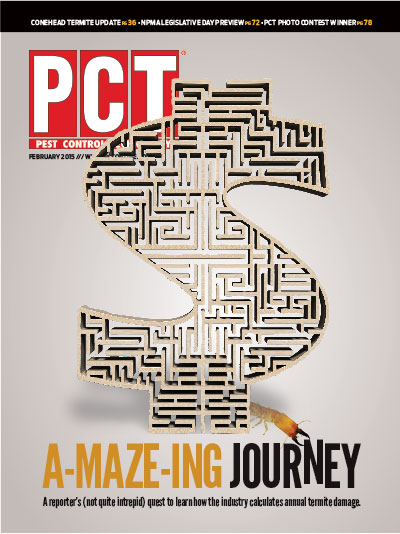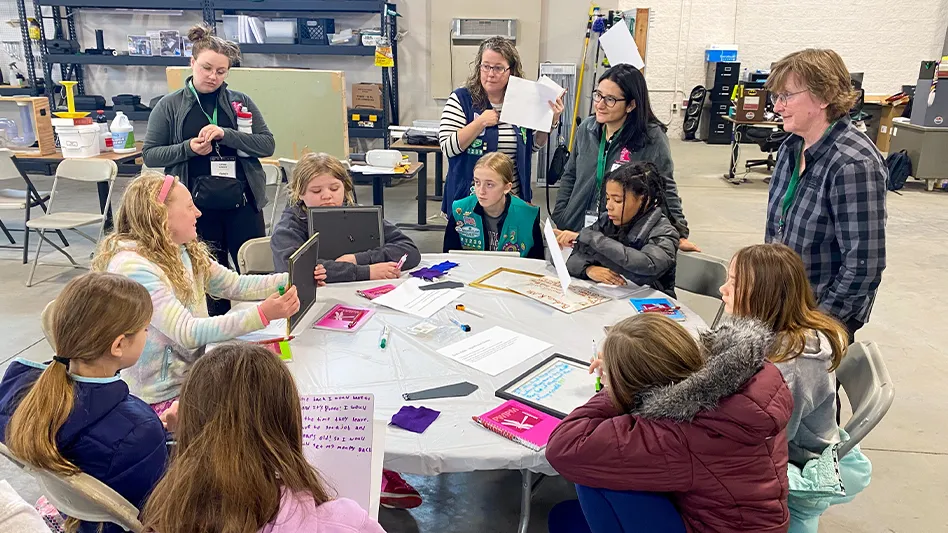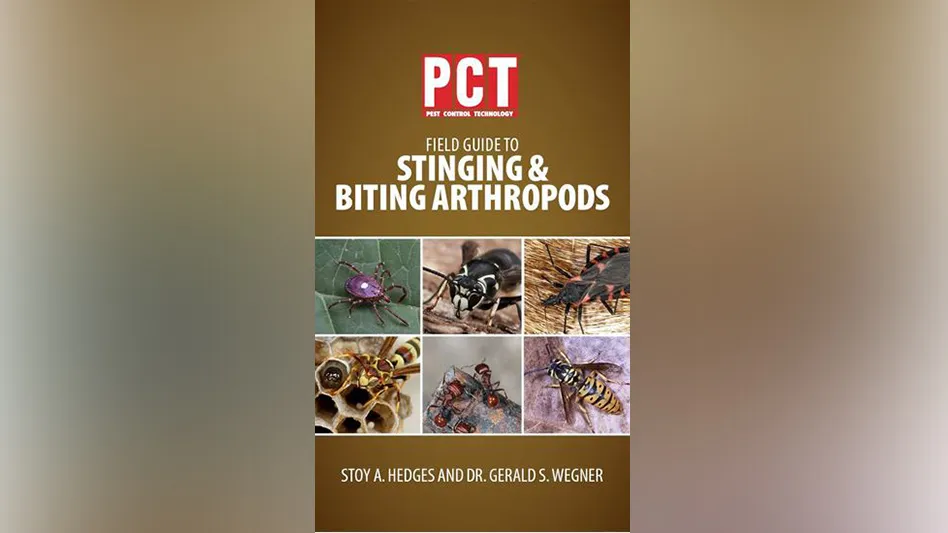
LEXINGTON, Ky. — About 525 pest management professionals from throughout the United States recently traveled to the Lexington Convention Center to attend the University of Kentucky 44th Annual Pest Control Short Course. The theme of the conference was “Tips from the Trenches” and that’s exactly what attendees were provided during the popular three-day event, practical tips from more than 20 of the finest minds in the pest management industry.
“In pest control, the rubber meets the road in the trenches,” observed Dr. Michael Potter, professor of entomology, University of Kentucky, who has been the driving force behind the conference since 1991. “Effective educational conferences transport attendees from their hardback chairs to crawlspaces, attics, kitchens, bedrooms, yards and other places where pests dwell.”
Tailored specifically for industry professionals, this past fall’s Short Course was packed with helpful information for owners, managers and service technicians alike. Featured topics included a timely educational session about bees and pesticides; a discussion of advanced rodent control tactics; an update on progress the industry is making in its battle against bed bugs; “Tips from the Trenches” for managing ants, flies, cockroaches, nuisance wildlife and various invasive pests; and a “Food Service House of Learning.”
New to the conference this year was the “Food Service House of Learning” featuring four respected PMPs with more than 75 years of combined industry experience, who shared practical insights about how to control cockroaches and small flies in food service accounts.
Tom Dobrinska, technical director, Anderson Pest Solutions, Elmhurst, Ill., kicked off the well-attended session with a review of the essential role proper sanitation plays in managing pests in these complex environments. “Why is addressing sanitation so challenging?” he asked. “First, the customer doesn’t think it’s their problem.” They think it’s the PMP’s responsibility, but in reality it’s a team effort, requiring proactive communication on the part of the service technician. “Customers aren’t stupid,” he said. When it comes to sanitation, “they just don’t know what to do. You have to show them what to do.”
More than anything else, Dobrinska said, “a lack of demonstration” by PMPs is the industry’s most common mistake when it comes to managing pests in restaurants and food service accounts. Too often, he said, we don’t “show the customer” exactly what they did wrong and what they need to do better to correct the problem.
Therefore, whenever possible, PMPs should offer constructive criticism to customers, reinforcing what they’ve done right, but also diplomatically pointing out what they’ve done wrong. “Don’t flunk the customer,” he warned. “They’re the one paying the bill.”
Following Dobrinska on the program was T.J. Neary, owner of Insect Technologies, Lexington, Ky., and a PMP who has been proudly “killing roaches for 29 years.” Neary said the key to controlling cockroaches in restaurants is to “get down on your hands and knees” to identify harborage sites, particularly those high-activity areas around moisture sources.
“Every place you have an oasis, you have a (cockroach) cluster,” he said. “They have a little town going. And when that last instar turns into an adult, some of them are saying, ‘I’m going to leave town and go to another part of the restaurant.’”
Like Dobrinska before him, Neary said it’s essential to secure customer cooperation when servicing these high-stress accounts, letting them know you’re the one firmly in control. “When it comes to the bugs in a restaurant, I’m the boss,” he said.
Fortunately, with nearly three decades of experience under his belt, Neary’s in a financial position to say “no” to those accounts that are unwilling to cooperate. That’s why before taking on any new food service accounts, “I ask myself, ‘Do I need a headache? When I really needed jobs, I took every one,” he said, but that’s not the case today. He’s no longer willing to simply “manage” roach problems in restaurants. His goal is to eliminate them, and to do that successfully requires customer cooperation. “If you’re managing a roach problem every time you’re there you’ve got a problem,” Neary said. “I tell new accounts, ‘I can get it to zero, but I need your help.’ When one of my restaurants does get roaches, I’m there every week until its zero again.”
Remember, he said, “Don’t manage a roach population. Cream it! Bam it to zero! I’ve got restaurants that haven’t had a roach in 10 years.”
Next up on the program was Stoy Hedges, president, Stoy Pest Consulting, Memphis, Tenn., who discussed cockroach baiting in food service accounts. “I’m a big fan of baits, but baits are being overused,” he observed. “A lot of bait is wasted or misapplied.”
The key to using baits properly is to apply them “intelligently,” placing small dabs of bait in and around active harborage sites. And how do you identify those sites?
“Your brain and your experience are your most important tools,” Hedges said, as well as using the proper tools, including a high-powered flashlight and an inspection mirror. “If you’re not carrying an inspection mirror, I guarantee you’re missing cockroaches,” he warned.
Hedges also urged attendees to consider other control options when servicing restaurants and food service accounts, including vacuuming, insect growth regulators (IGRs) and dusts. The beauty of using vacuums is you eliminate the pest immediately, taking a portion of the population out of the account with you following the service call. “Vacuuming is very important,” he said.
When applying dusts, Hedges said be sure to use a hand duster. “If you’re not using a hand duster, you’re missing the boat,” he warned. “It’s necessary for an integrated approach (to cockroach control).” Wrapping up the nearly two-hour session was Scott Robbins, technical director, Action Pest Control, Evansville, Ind., who discussed managing small flies in food service accounts, recommending an integrated approach including proper sanitation (no surprise!), structural remediation, drain treatments, light traps, directed fogging and fly baits.
Yet when it comes down to it, the key to controlling small flies — like the other pests highlighted at the “Food Service House of Learning” — is customer cooperation. “Get the (restaurant) manager’s email and get on a first-name basis with that person,” he recommended.
Additional coverage of the conference will appear in future editions of PCT. Sponsors of this year’s event included BASF, Oldham Chemicals, Nisus Corp., FMC Professional Solutions, Bell Laboratories, Syngenta, Bayer ES, Dow AgroSciences, Control Solutions and Central Life Sciences/Zoecon. The 45th Annual Pest Control Short Course is scheduled for Nov. 3-5, 2015 at the Lexington Convention Center. Visit www.kyshortcourse.org for more information.

Explore the February 2015 Issue
Check out more from this issue and find you next story to read.
Latest from Pest Control Technology
- Gaining Control of Structure-Infesting Carpenter Ants
- Big Blue Bug’s Brian Goldman Receives Rhode Island Small Business Person of the Year Award
- UF Researchers Examine How Much Bait it Takes to Eliminate a Subterranean Termite Colony
- Women in Pest Control Group Continues to Grow, Provide Opportunities in the Industry
- NPMA Announces Results of 2024-2025 Board of Directors Election
- Massey Services Acquires Orange Environmental Services
- Hawx Pest Control Wins Bronze Stevie Award for Sustainability
- Abell Pest Control Highlights Growing Tick Activity Across Canada














